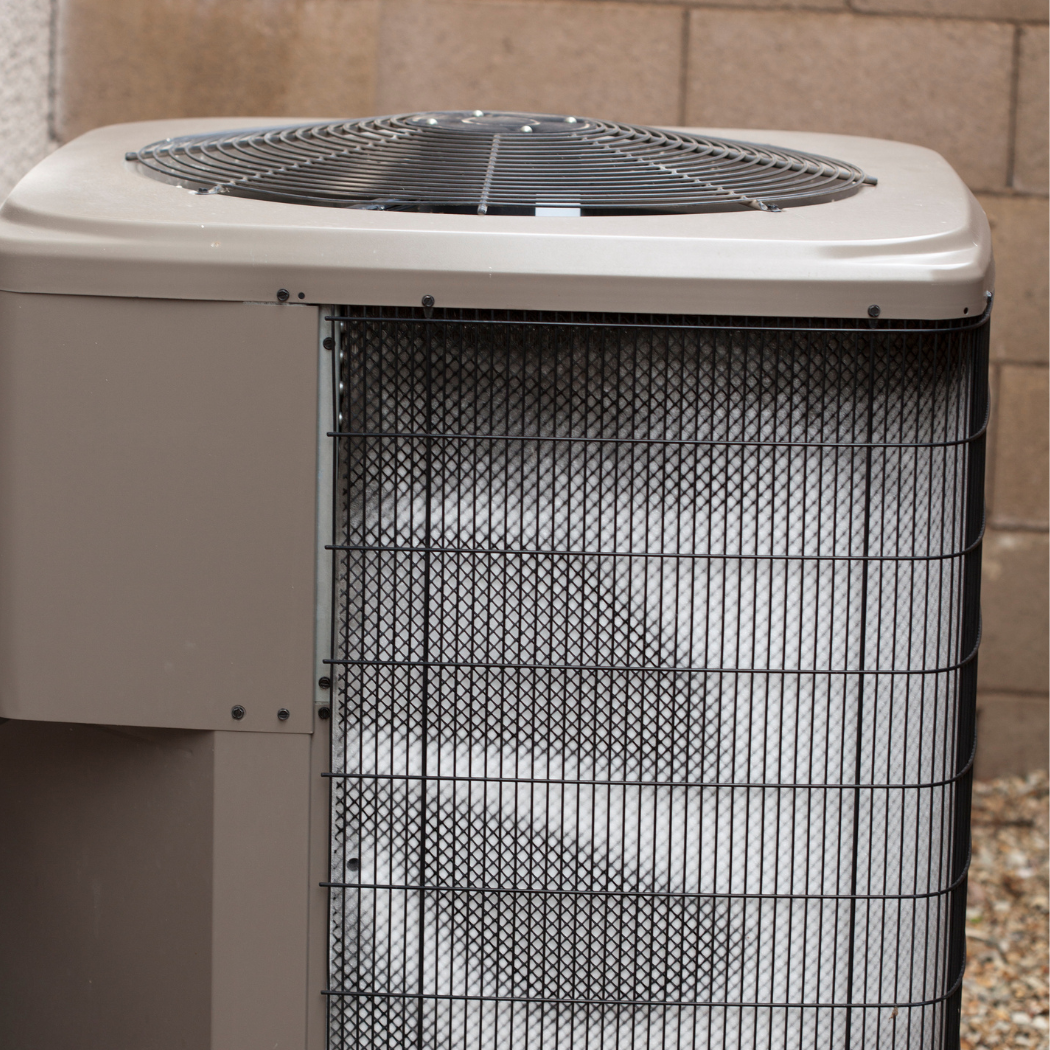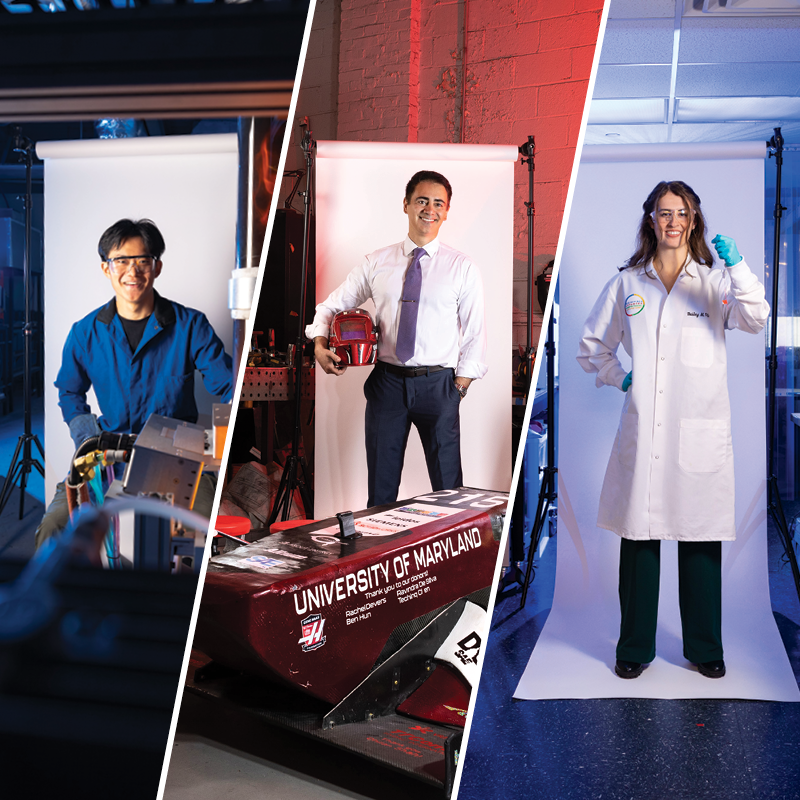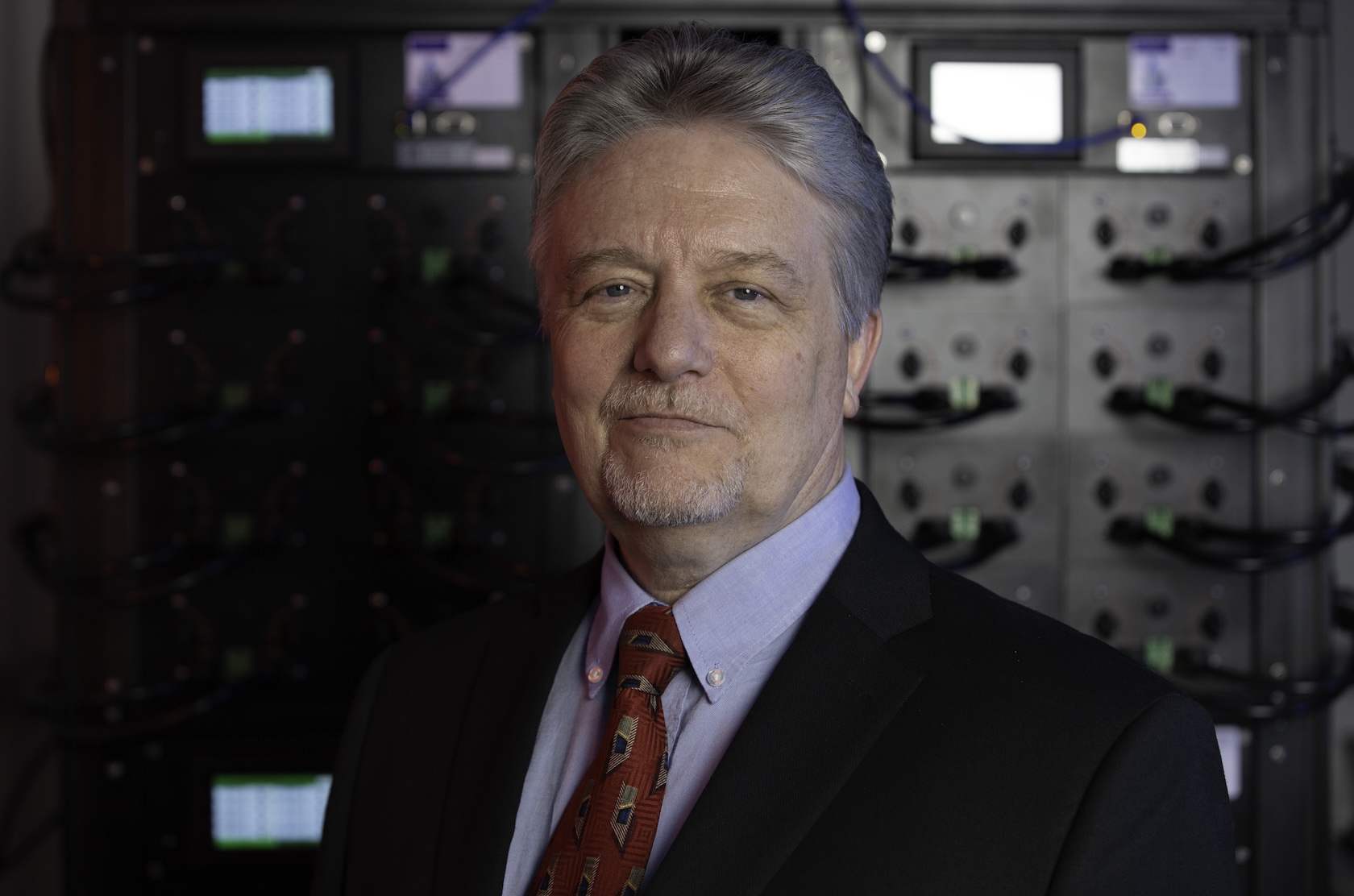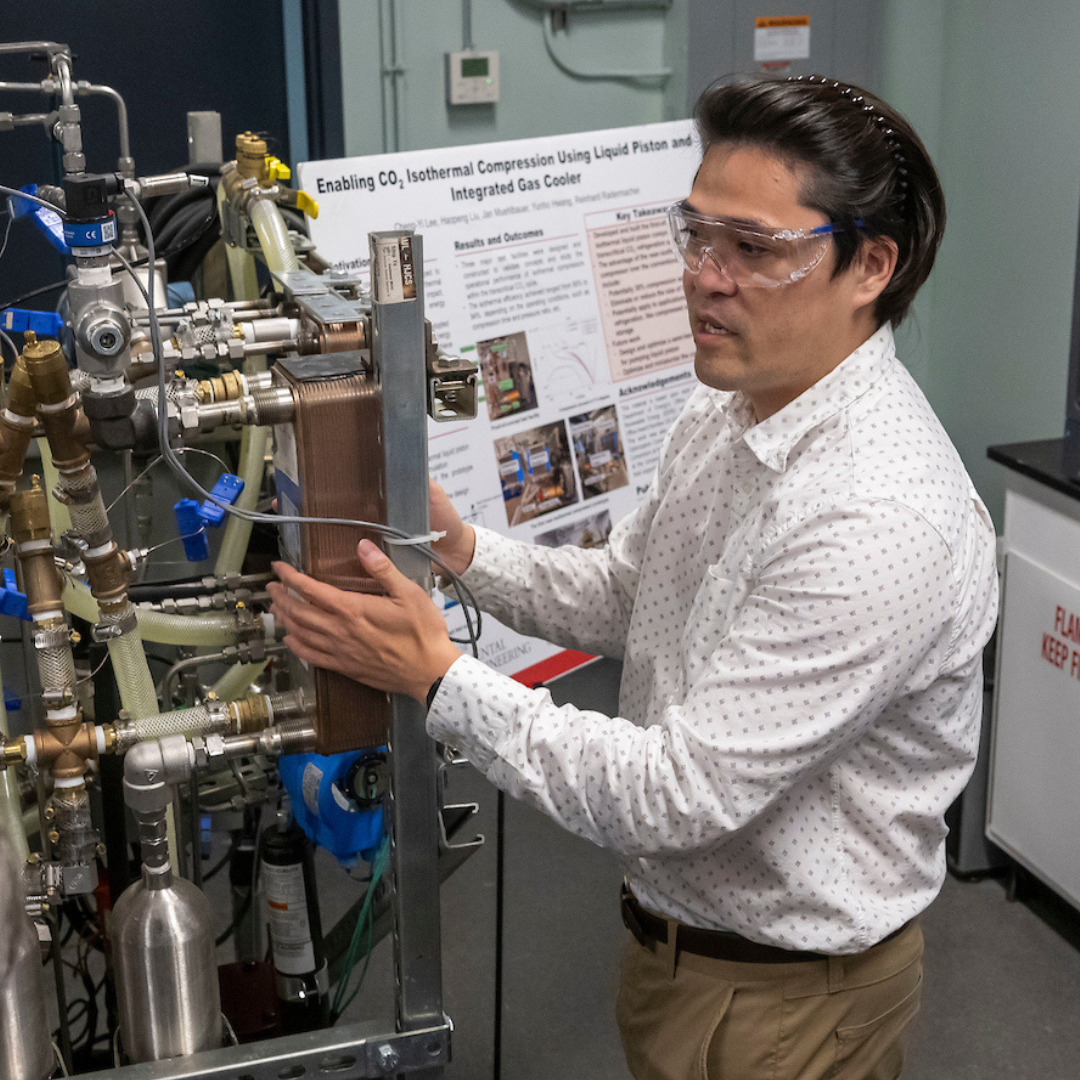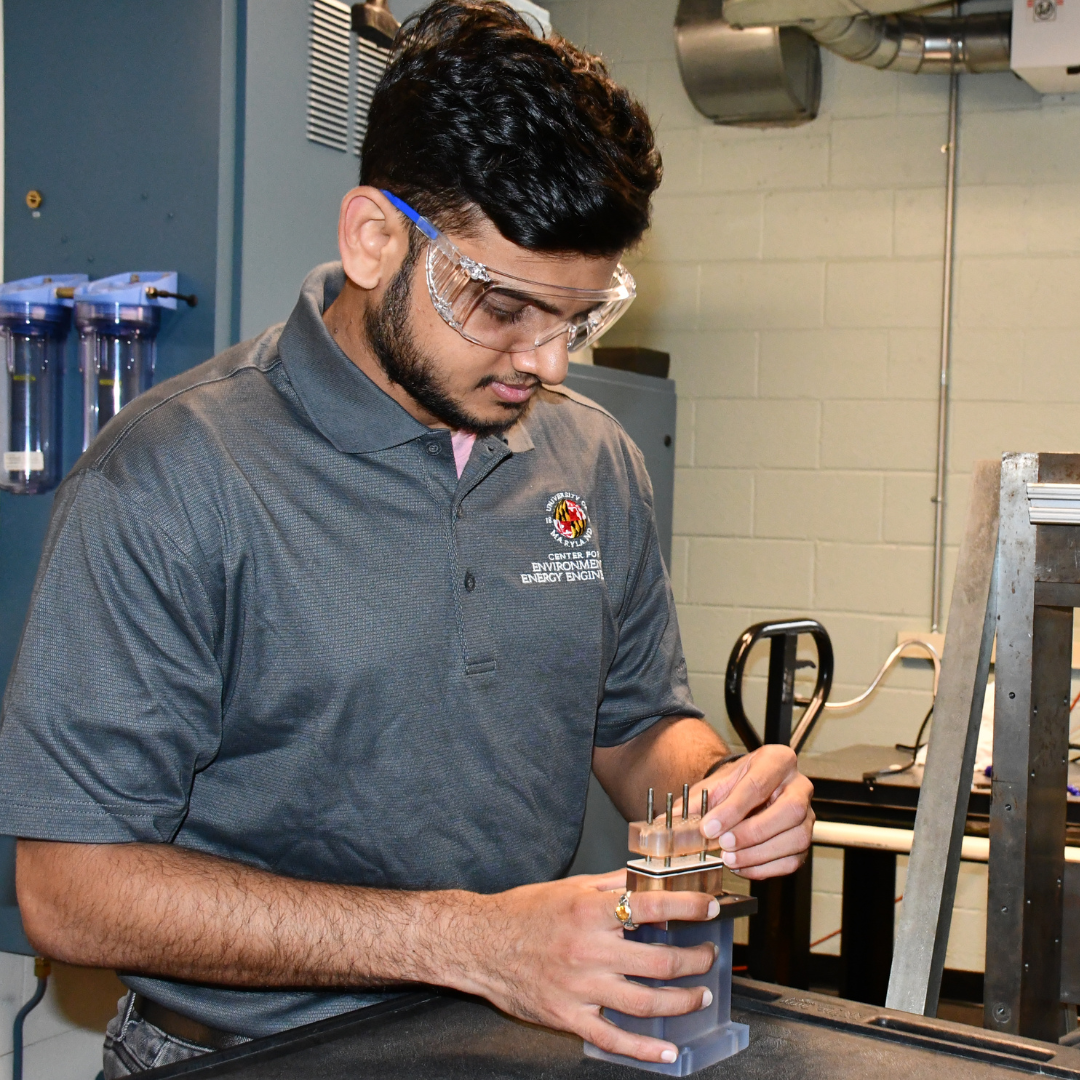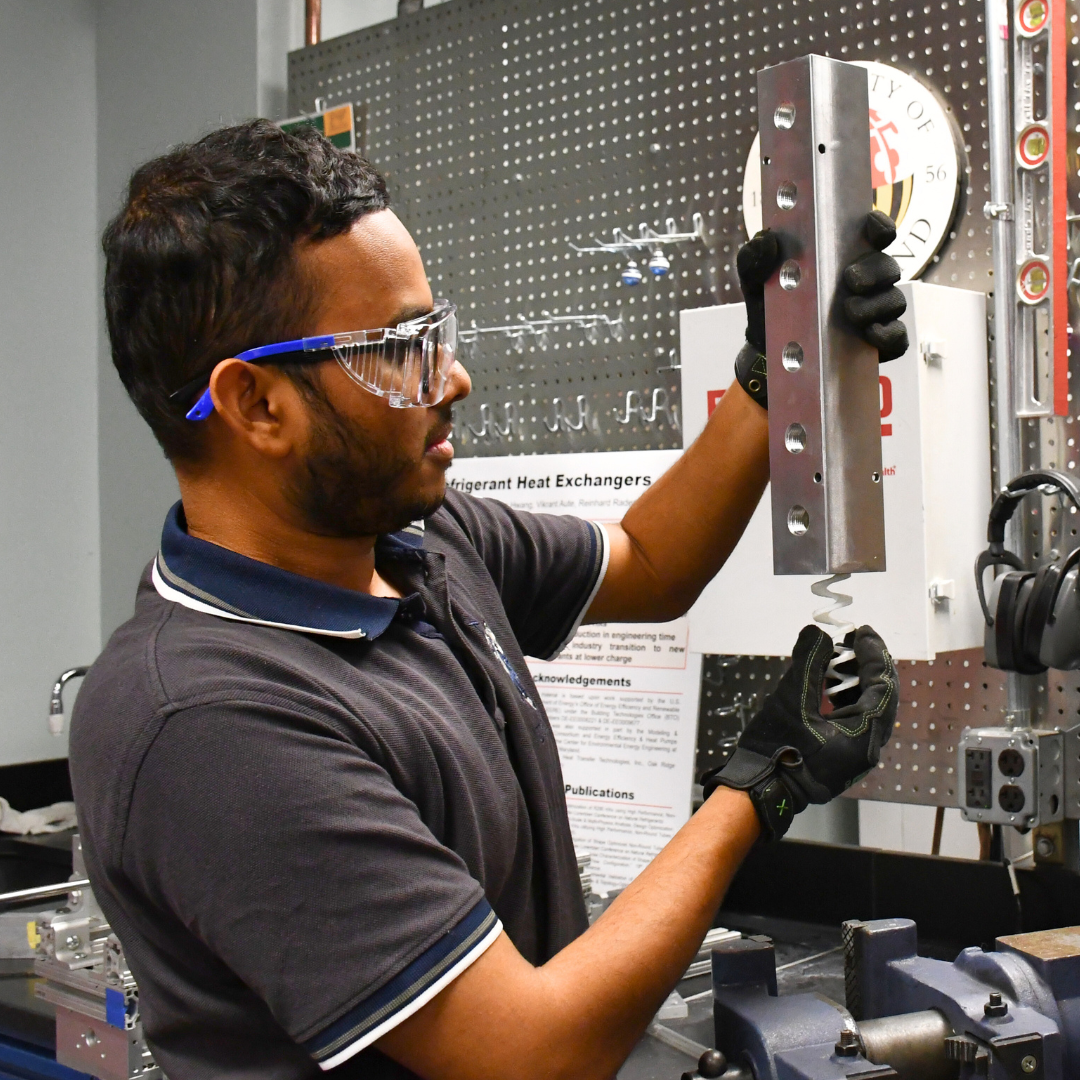News Story
UMD Study Compares AI Models for HVAC Systems, Highlighting Performance and Efficiency Differences
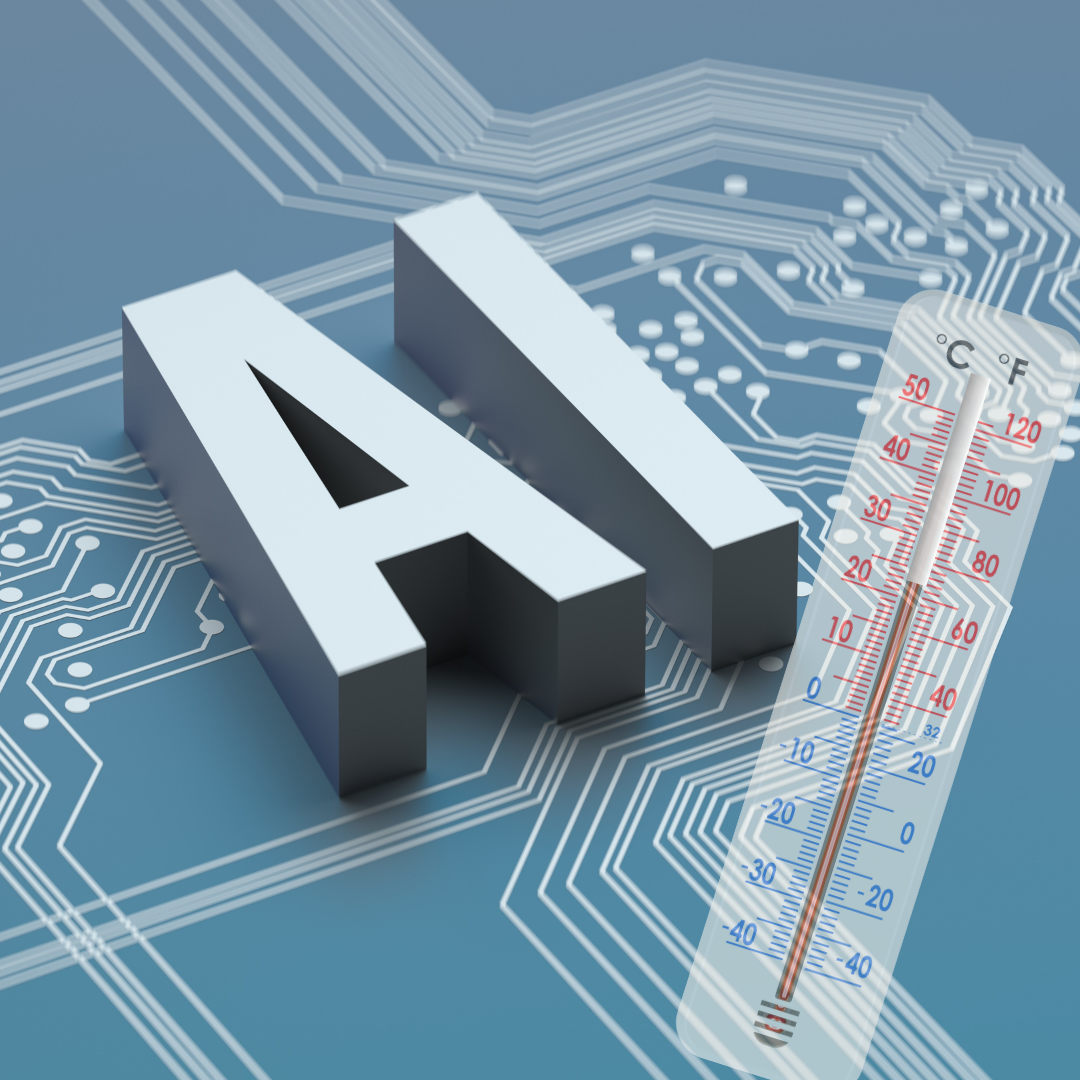
As the demand for efficient and smart heating, ventilation and air-conditioning (HVAC) systems grows, engineers and researchers are increasingly integrating artificial intelligence (AI) capacities. But with an explosion in AI in recent years, how do they select the best data-driven model for an HVAC system? A paper published by a Center for Environmental Energy Engineering (CEEE) team in the September 1, 2025, issue of Energy and Buildings provides guidance by offering a comprehensive review of state-of-the-art data-driven modeling of HVAC systems.
“AI models – such as machine learning (ML) and deep learning (DL) – are good at tackling a lot of data and can help find the best way for an HVAC system to save energy while maintaining good thermal comfort,” says lead author Po-Ching Hsu, a CEEE graduate research assistant and a doctoral student in the Department of Mechanical Engineering. The other authors are Lei Gao Ph.D. ’22, now on the R&D staff at Oak Ridge National Laboratory, CEEE Research Professor Yunho Hwang and former CEEE Director Reinhard Radermacher, who passed away earlier this year.
AI models offer varying strengths and drawbacks, making some models more appropriate for certain HVAC applications than others, Hsu says. With the AI field changing so rapidly, the publication explores current best practices in how to select an AI model. Key takeaways include:
-
Determine how much data. A complex DL model could be a good match for a data-intensive system, while a shallow ML model might be better suited when minimal data is available. Artificial neural networks and tree-based models usually have the best prediction accuracy among shallow ML models, the researchers concluded.
-
Examine the purpose. State-of-the-art DL models offer the ability to predict dynamic system behavior and allow for minute-by-minute system optimization. If less frequent optimization is needed, a simpler ML model may be adequate.
-
Consider the complexity. A variable refrigerant flow (VRF) system that has multiple indoor units within a building could benefit from a DL model, while a single residence heat pump could be served by an ML model.
-
Explore hybrid approaches. Combining different AI models can improve prediction performance. Furthermore, combining a physics-informed model with a data-driven model can help overcome possible shortcomings of an AI-only model.
The CEEE research team is now focusing on how to leverage AI to improve the energy efficiency of a VRF system being tested at the university’s Glenn L. Martin Hall. “When I started in this research area, I felt that there wasn’t much in terms of comparisons to tell me which type of AI model would probably be more suitable for a particular situation,” Hsu says. “I think this paper can help other researchers in this growing area of AI, and it will provide good guidance on how to select a suitable model.”
Download the paper: "A review of the state-of-the-art data-driven modeling of building HVAC systems."
Published July 24, 2025


